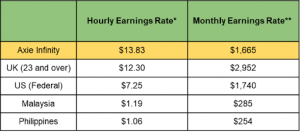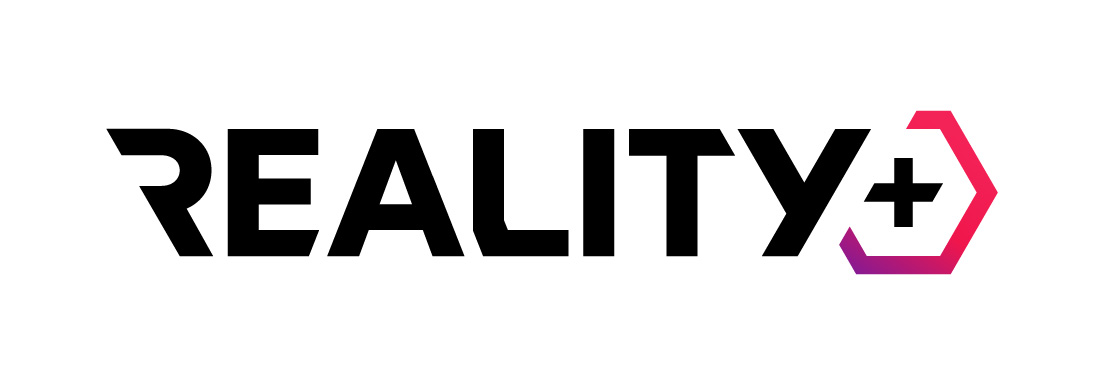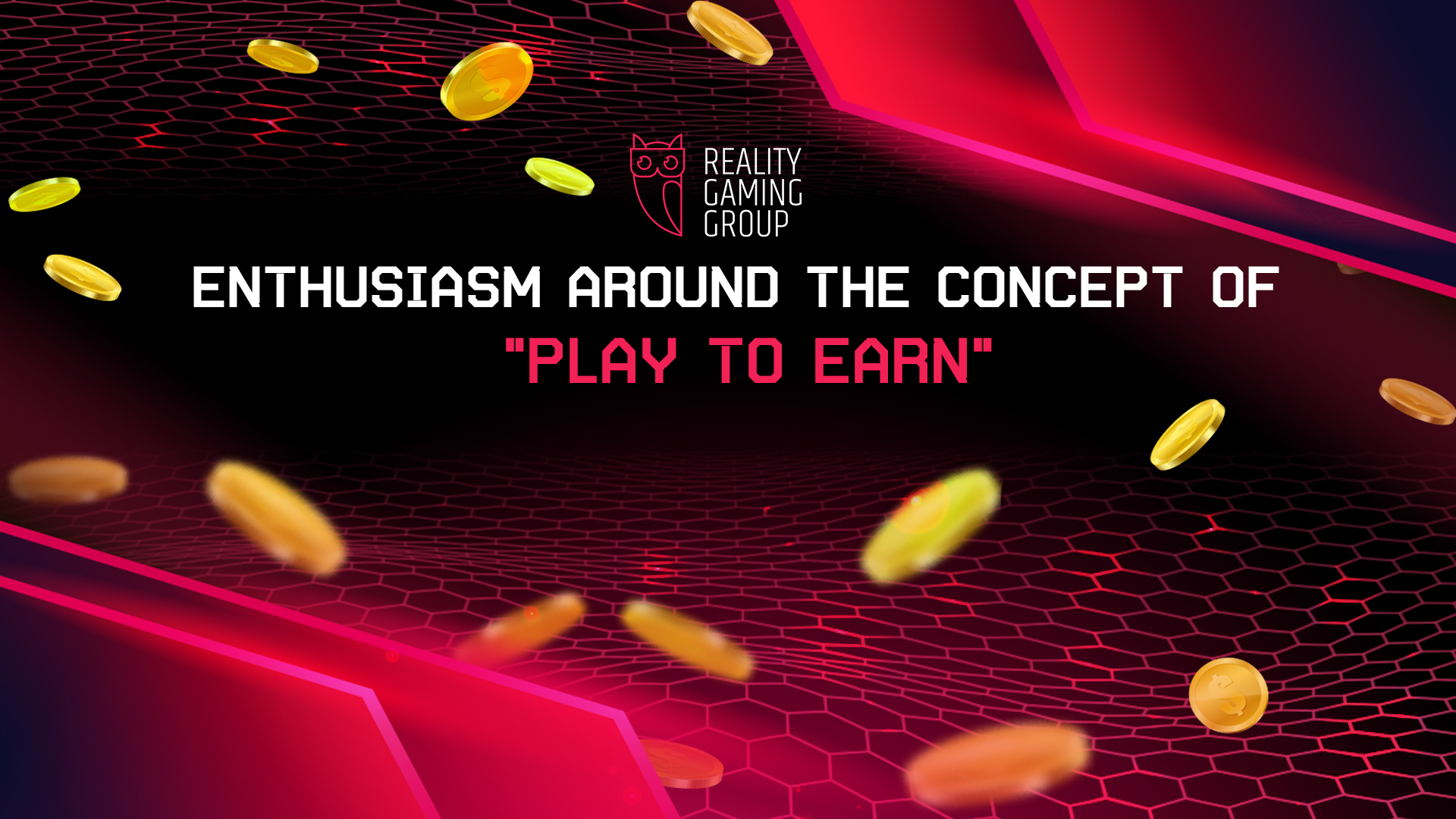Why Enthusiasm for Play to Earn is Growing
The play to earn space is growing… rapidly. In the last year alone, well over 100 games with play to earn game mechanics have launched, and the number is skyrocketing by the day.
Alongside this expansion of the play to earn landscape is a massive increase in the number of users both playing these games and/or speculating on associated tokens and in-game assets. Indeed, popular play-to-earn games like Decentraland, Axie Infinity, Alien Worlds, and My Neighbor Alice and more have seen their token holders climb multiple fold since the start of the year.
Play to earn games are now one of the primary income streams for thousands of players around the world — particularly those living in less developed economies, who can earn a relatively impressive income simply by playing their favorite games.
But they’ve only just scratched the surface of the opportunities they present and the growing maturity of the play to earn space is gradually revealing their disruptive potential.
Players Become the Promoters
Without a doubt, the play to earn space is still in its infancy. Indeed, just a year ago, only a handful of blockchain-enabled games could confidently claim to offer play to earn functionality.
As it stands, even the most popular play to earn games have well under 100,000 weekly active players. To put this into perspective, as per Steam’s up-to-date game stats, some of the more popular traditional games — including Apex Legends, Counter-Strike, and Apex Legends — have more players than this active at any one moment.
This paints a clear picture: there is huge room for further growth.
Thanks to the clever economics of many play to earn games, this provides an intriguing opportunity for players to assist with the growth of their favorite games through whatever means they have at their disposal to help bring in new players — such as word of mouth advertising, social media, streaming, blogging, and more.
By promoting the game they have a stake in and growing its user base, these users indirectly benefit from increased liquidity for their in-game items, and more cogs to help keep the wheels of the in-game economy turning.
Moreover, given that a large proportion of new play to earn games are beginning to incorporate player governance features, the players now have a say in how their favorite games grow and develop — whether that be voting for a disbursal from the community treasury on Axie Infinity, to choosing to nerf/boost certain MONSTA traits in Monsta Infinite, or even voting for specific new expansions to Star Atlas.
Because of this, many blockchain games are able to essentially bootstrap their player base and achieve substantial growth with little to no paid marketing — demonstrating the benefits of properly incentivized stakeholders (in this case, the players themselves). Given that some studios actually spend more on marketing than development, this could help to usher in an entirely new wave of ultra-lean and efficient games, driven more by the player than the creators.
Unlocking New Revenue Streams
Play to earn games represent an entirely new revenue model for the video game industry. Not only do they provide a simple way to funnel value back to the player through in-game rewards and yields, but they also represent an attractive new funding model for developers.
Previously, video games were a single-sided industry. Game studios and publishers earned revenue from game, DLC, and merch sales, whereas players received an entertainment experience in return. Play to earn flips this model on its head, since the studios essentially develop a game that pays the players.
But this doesn’t mean play to earn games can’t be a lucrative endeavor for game developers. Instead, the mode of income is instead simply shifted from digital license purchases and physical media to in-game asset sales, marketplace commissions, in-game advertising, and token emission.

Image credits: CoinGecko
Likewise, it is beginning to become clear that there is tremendous potential for perpetual revenue from in-game digital real estate usage/rental, NFT sales, and IP licensing/crossovers. The sheer number of potential revenue streams and player interaction points means that the growth of play to earn games doesn’t scale linearly with the player base like most traditional games — potentially leading to substantial revenue even from a relatively modest player base.
Indeed, despite Axie Infinity lacking most traditional revenue streams, it is still on track to achieve close to $3 billion in annualized revenue in 2021 — putting it on par with some of the most successful traditional games.
A Focus on Sustainability
Understandably, players will inevitably look to farm play to earn games to maximize their revenue. This might include attempting to automate certain actions to get an edge over other players or optimize yield.
However, when this happens en-masse, and more players begin to see the game primarily as a source of revenue than as a source of entertainment, then this can place a major strain on the in-game economy — as an oversupply of NFTs and tokens gradually suppresses their value and makes the game less attractive from a revenue standpoint.
This was simple when a single centralized entity controlled the rarity, tradability, and value of in-game items. But when this process is completely decentralized (and often democratized), achieving a careful balance is easier said than done.
Because of this, most new-generation play to earn games are beginning to include controls to ensure that the game remains balanced as it grows — such that supply and demand are matched as closely as possible. This generally includes anti-bot measures to ban or restrict players suspected of using automated tools.
Many play to earn games now include measures to defend against bot activity, such as Monsta Infinite’s Mystery Puzzle system and Axie Infinity’s verification puzzle. But in order to ensure stable, long-term growth, they will need a carefully balanced economy that takes into consideration both known and unknown threats to stability.
Disrupting Gaming Incumbents
As a relatively new innovation, play to earn games are still finding their footing both in the blockchain and DeFi landscape, as well as the gaming industry as a whole.
Given the nascency of the industry, the vast majority of play to earn games are being built by early industry pioneers, startups, and some lesser-known game studios — many of which transitioned from developing mobile games.
However, we are beginning to see the advent of the first potentially AAA-grade games that could appeal to larger audiences, including the likes of Star Atlas, Illuvium, Gold Fever, and The Sandbox.
These games will likely be among the first of a new wave of play to earn titles that combine full-featured gameplay, AAA quality graphics, and a more complex in-game economy to provide a more complete gaming experience. As such, they will be the proving ground for the play to earn model and blockchain-based gaming features and illustrate whether these types of games can successfully attract traditional gamers. If so, this would potentially pave the way for more big-budget offerings.
Given that the traditional gaming industry is notoriously unwilling to break the mould and innovate — due to the inherent financial risks associated with doing so — this could be the turning point for the mass adoption of blockchain-enabled games.
Major gamehouses will either move in lockstep and begin incorporating play to earn economics into their titles or will be displaced by a new wave of more ambitious upstarts. However, given that Steam recently banned games with NFT trading functionality (a core feature for most play to earn games), the needle is already pointing to the latter option.
Thanks to decentralized game stores like Ultra, blockchain-enabled games will not need centralized game distribution services to reach their users, eliminating a major barrier to entry while also ensuring game developers can thrive — by avoiding the 30% commission that Steam takes from all sales.
Still, time will tell if the gaming incumbents will get with the program or be leapt over by the next wave of gaming giants.
At RGG, we’re working with our partners at FUEL Incubation to help partners bring gaming projects like these to fruition:
Website | Twitter | Linkedin | Instagram | Discord


